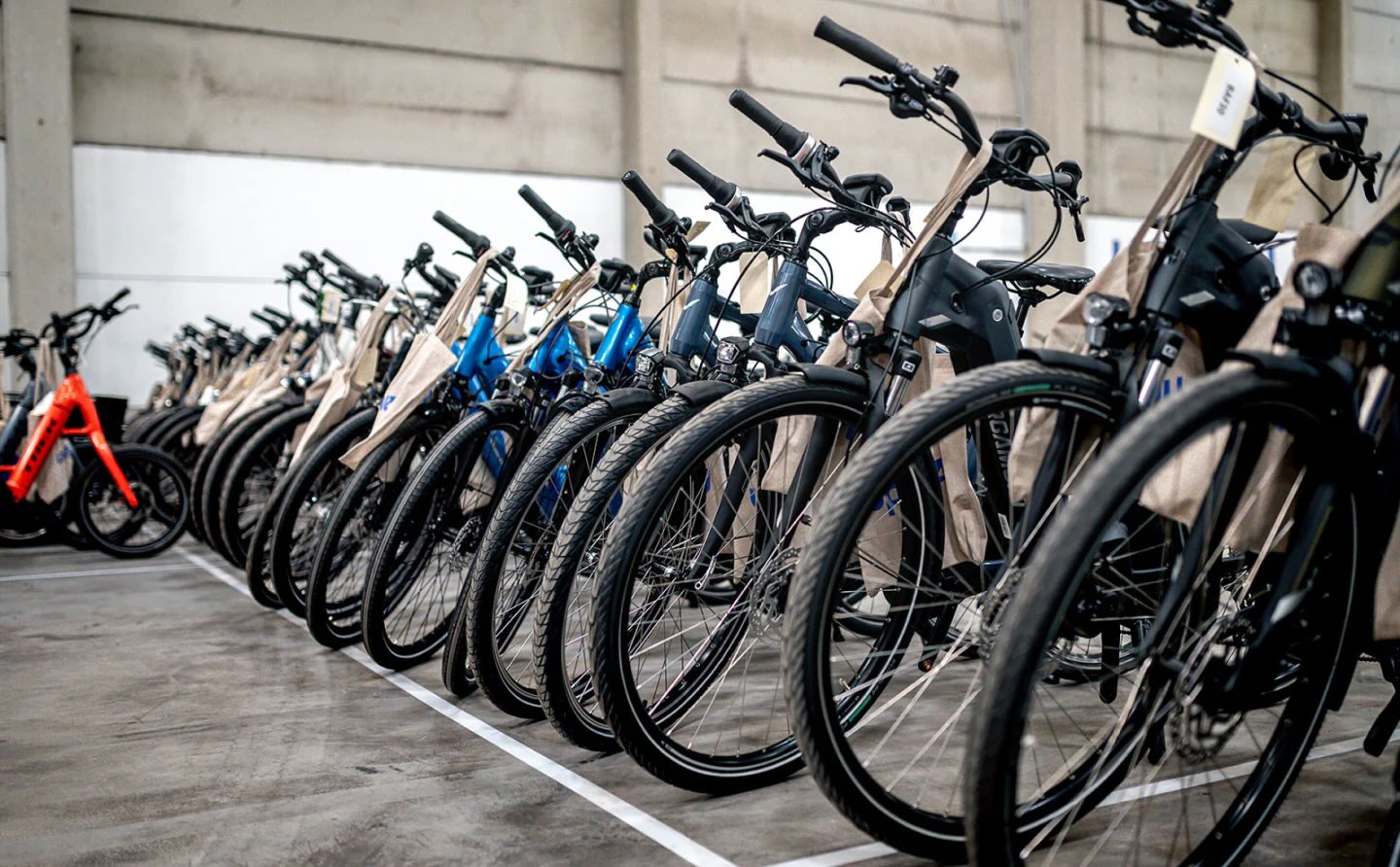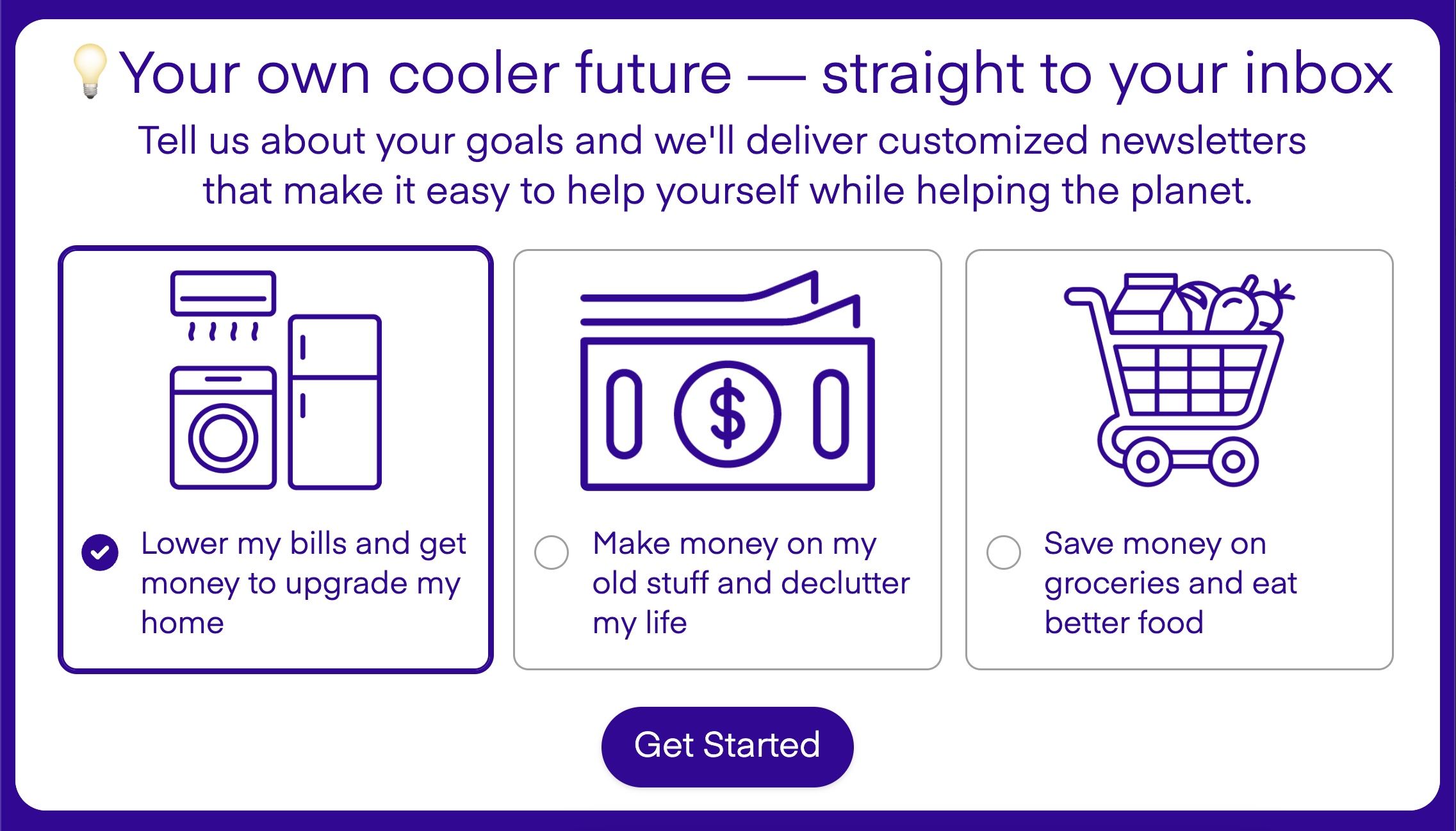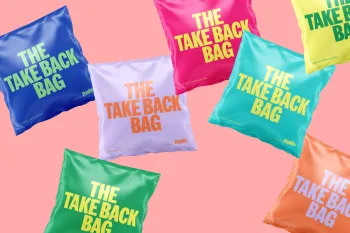The plastics problem isn't just about clogged waterways and floating debris anymore. New research out of Pusan National University found that polystyrene nanoplastics, commonly found in disposable packaging, can interfere with red blood cell development in zebrafish, raising concerns about how these microscopic particles might affect other animals, including humans.
What's happening?
A new study from researchers at Pusan National University found that tiny plastic particles called nanoplastics can mess with red blood cell development in zebrafish, common freshwater fish used in scientific studies. These nanoplastics, which come from items such as plastic bags and bottle caps, were added to the water at levels similar to what's been found in oceans, lakes, and rivers.
The results were worrying. Fish exposed to higher levels of nanoplastics had fewer healthy red blood cells and more immature ones. That means their bodies weren't able to carry oxygen as well as they should.
Using special tools to study fish cells, scientists discovered that the nanoplastics interfered with important genes the fish need to make heme, the part of red blood cells that carries oxygen. The particles also seemed to slow down the body's ability to produce the proteins needed for healthy red blood cells.
Lead researcher Yun Hak Kim summed it up: "Our research shows that polystyrene nanoparticles can interfere with the normal development of red blood cells."
Why is this concerning?
Red blood cells play a crucial role in carrying oxygen throughout the body. Failure to develop properly can lead to poor oxygen circulation, impacting everything from energy levels to brain and heart health.
Watch now: Giant snails invading New York City?
While this study focused on fish, humans aren't off the hook. Microplastics and nanoplastics have already been detected in our air, food, and even bloodstreams. If they're capable of disrupting basic biological functions in fish, we may need to take a harder look at the invisible plastic load we're all carrying.
"As we learn more about the biological effects of nanoplastics, it becomes essential to rethink plastic waste management and explore safer materials," said Kim in a press release.
What's being done about it?
Researchers, policymakers, and innovators around the world are taking steps to tackle the plastics problem at its source. Countries such as India and France have enacted bans on certain single-use plastics, while major cities such as Los Angeles have outlawed Styrofoam containers.
Nonprofits such as Plastic Pollution Coalition and the Surfrider Foundation are pushing for stronger regulations and increased public awareness. On the individual level, reducing your plastic footprint can go a long way.
TCD Picks » Upway Spotlight

|
Do you think we use too much plastic in America? Click your choice to see results and speak your mind. |
Every small action adds up. Combined with systemic change, it's how we build a future that's healthier for us and the planet.
Join our free newsletter for weekly updates on the latest innovations improving our lives and shaping our future, and don't miss this cool list of easy ways to help yourself while helping the planet.


















